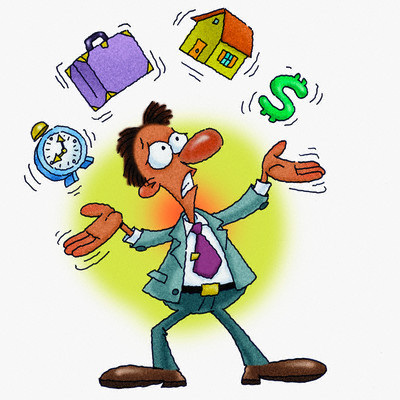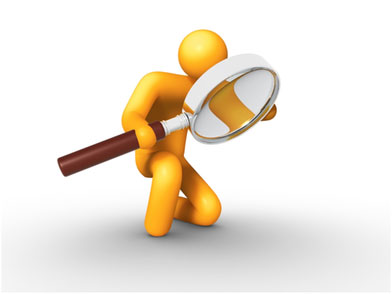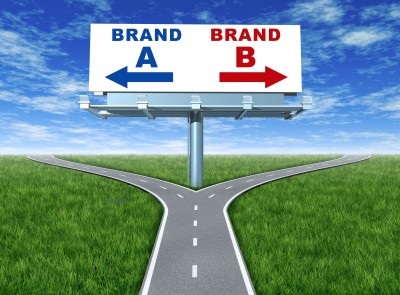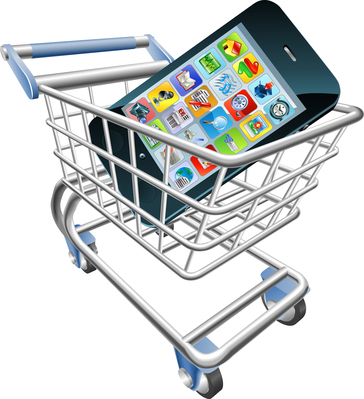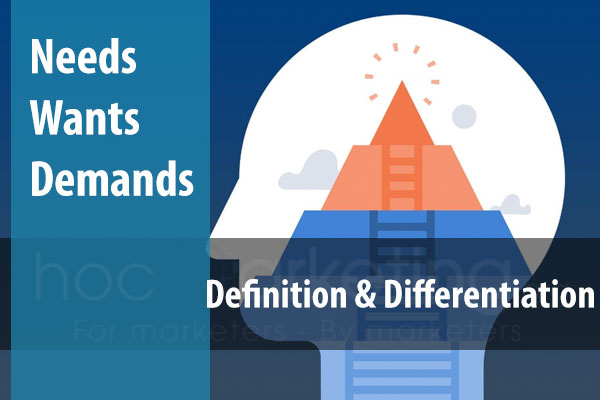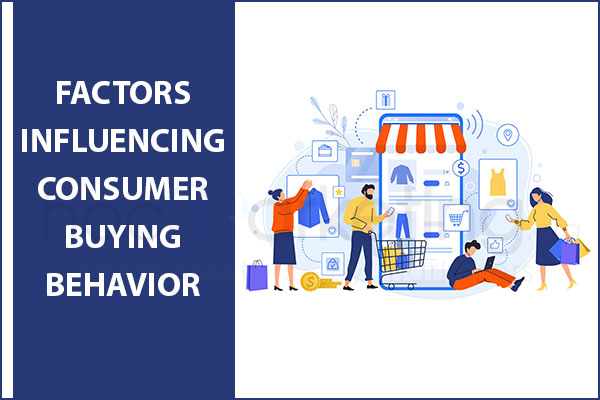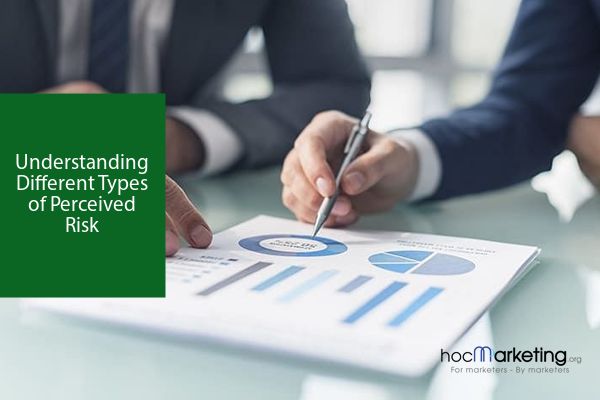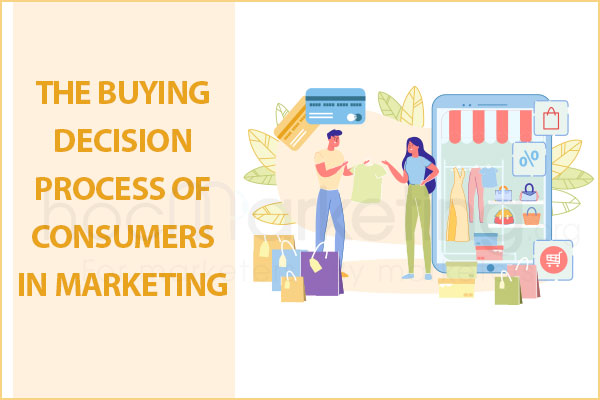
The buying decision process of consumers in Marketing

As we have known, the buying decision of consumers is always complex and affected by many factors. Hocmarketing.org have posted an article about "Factors influencing consumer buying behavior". In this article, we'll dig deeper into the stages that take place in a consumer's buying decision process.
As we have known, the buying decision of consumers is always complex and affected by many factors. Hocmarketing.org have posted an article about "Factors influencing consumer buying behavior". In this article, we'll dig deeper into the stages that take place in a consumer's buying decision process.
Understanding this process will help businesses have better strategies to reach customers, build a better sales team, apply more effective promotion campaigns... to improve sales performance.
The buying decision process of consumers in Marketing
According to many famous course books and marketing documents, as well as from our own experience, there are a total of 6 stages taking place in the consumer decision process, shown in the following chart:
- Stage 1: Need recognition (Need is recognized)
- Stage 2: Need is catalyzed
- Stage 3: Learn
- Stage 4: Compare
- Stage 5: Decide to buy
- Stage 6: Consume and evaluate
Stage 1: Need recognition (Need is recognized)
People in society always have many different needs, depending on themselves, circumstances and environment. People are often aware of their needs from problems and difficulties in life. These problems can be caused by subjective factors (feelings of hunger, other, feelings of love, hate, fear...) or objective factors (weather, climate, society...).
Example (1):
- An office worker, after passing the interview, had a need to buy a motorbike to move to work every day.
- A teacher just had a need to buy an apartment to live and work stably in New York City.
- A family had a need to buy a new television set after their old one broke down.
Stage 2: Need is catalyzed
Obviously it is a fact that people will not choose to meet all of their existing needs. Only needs that meet the right catalysts are prioritized to be addressed.
Example (2):
- The office worker in Example (1) may not decide to buy a motorbike if he knows that his company has a shuttle bus, or there is a bus route from home to work. Thus, the catalyst in this case could be: his own car is the only means by which he can get from home to work.
- The teacher in Example (1) may delay the need to buy a home if the personal financial situation is unstable. As such, the catalyst in this case could be a stable personal financial situation.
- The family in Example (1) may delay the purchase in case they find someone who can repair the broken television.
Stage 3: Learn
At this stage, consumers will begin to find out information about products/services that can meet their needs. These sources of information can be from relatives' recommendations, advertisements in newspapers, searching on the Internet...
For example:
- A family may learn about the existence of a new restaurant, reading an advertisement on a newspaper.
- A student may learn about a new product from an industry exhibition, watching a TV program.
- Parents may learn about a new school from information on Facebook or through their friends in real life.
Stage 4: Compare
In a market economy, there will be many choices for each customer's needs. Therefore, in this stage, consumers will compare options that suit their needs, based on factors such as price, quality, features, design, accompanying services... These options can be products/services offered by the same or different businesses.
For example, a consumer is looking to buy a smartphone. Initially, this consumer learns about Apple phones, then continues to learn and compare with other brands such as Samsung, Xiaomi, LG, Google...
Stage 5: Decide to buy
When they have their choice in hand, consumers will contact points, sales channels, and service providers for advice and purchase.
There are four possibilities during this phase:
- After being consulted, consumers decide to buy the right product.
- After being consulted, consumers change their mind to choose an alternative product/service.
- After being consulted, consumers change their mind not to buy anymore.
- Consumers cannot buy products because of a particular reason (weather, health, theft...).
Stage 6: Consume and evaluate
After deciding to buy, it is the stage when consumers start using the product/service and have experiences, feelings, and evaluations about that product/service.
Some products/services have a high level of complexity such as equipment and machinery that require manuals, or direct instruction from staff to get the best user experience.
In case consumers have a bad experience with your product/service, they will most likely switch to your competitor's product/service in the near future.
Conclusion
The buying decision process of consumers in Marketing is not as simple and straightforward as it may seem. It involves a complex process of human behavior and cognition that spans many stages, which this blog post discussed in detail. From the first stage when needs are catalyzed to the last stage where products/services are consumed and evaluated, there are multiple points at which customers can change their minds or be dissuaded from making a purchase altogether. Regardless if you're selling your own product online or running a brick-and-mortar business, these behavioral neuroscience principles will work for you because they'll help you drive more visitors into your marketing funnel and convert casual visits into sales with less effort than ever before!

